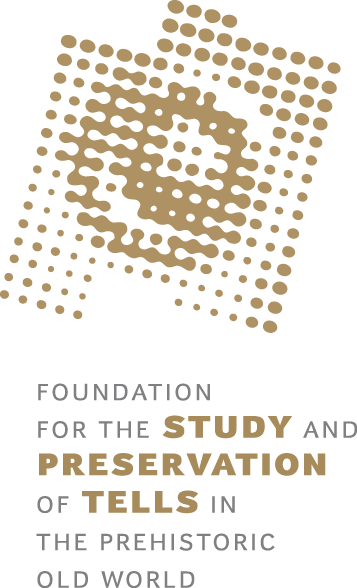
Our Mission
Funding
FUNDED PROJECTS
Donations
Who We Are
A Multi-Method Toolkit to Study Burnt Daub
Jana Anvari, Astrid Röpke and Tobias L. Kienlin (Köln, Germany)
This project is a methodological pilot study that aims to establish a multi-method tool kit as a new standard in archaeological research on burnt daub. Daub fragments are the remains of prehistoric houses made of wattle and sediment, the sediment parts of which have been hardened and preserved by fire, while the wooden framework has not survived. The project brings together existing methodological approaches to enable a more comprehensive social interpretation of the building material daub.
Daub, although a major component of prehistoric tell sites in southeastern Europe and other regions, is an archaeological material that is not routinely studied. Many excavation projects do not collect daub, or collect it but do not analyse it. Where daub has been studied, archaeological work has focused on individual aspects of (often small subsamples of the available) daub from individual sites. What is missing are larger-scale analysis that analyse all daub recovered during excavations systematically using a number of different methods, integrate the results into overall research topics at each site and also compare between sites. In the first place, what is needed is an established research protocol for analysing burnt daub.
Our project intends to establish a multi-method approach as a new standard in the archaeological research of daub, as a basis for researching a more comprehensive picture of prehistoric construction techniques and social structures at complex tell sites. We are using, or are planning to use, the following methods and workflow:
- Shape analysis: sorting of all fragments by shape type as well as detailed individual recording of selected diagnostic pieces. With these selected pieces, we conduct further analyses
- Initial description of the macroscopic properties, e.g. colour, visible plant and inorganic inclusions
- Detailed shape documentation and analysis through high-resolution photography, drawings and 3D documentation
- Analysis of sediments and plant components (macrobotanic remains, impressions, phytoliths) as visible on the outside of fragments under a microscope
- Analysis of sediments and plant components in individual fragments through thin sections
- Destruction of individual fragments to extract macrobotanical remains (through floatation) and phytoliths for analysis
- Radiocarbon dating of plant remains in the clay
- Potentially further analyses on the thin sections for elemental analysis, color measurement and determination of firing temperatures; using a scanning electron microscope (SEM) and micro-XRF, FTIR spectroscopy and Raman spectroscopy.
Daub data then needs to be integrated into the spatial context at each site, to determine whether there are differences between different buildings, parts of settlements, or chronological phases inside a tell. We believe that by producing a diverse data set on daub, in which information generated by different types of analyses can be cross-referenced, we will be able to reach more, and more reliable, social and architectural interpretations of the building material daub.
Case studies for this project are tell sites in southeastern Europe, which reflects the scope of our department. However, daub has been used throughout many periods and many areas of the world. Results from our project, a better workflow for the archaeological study of daub, are therefore relevant beyond the geographical area we currently study. We are currently working on daub from the following tell sites:
- Toboliu, Romania (Bronze Age)
- Borsodivánka, Hungary (Bronze Age)
- Bükkabrany, Hungary (Bronze Age)
- Vrbjanska Čuka, North Macedonia (Neolithic)
- Koutroulou Magoula, Greece (Neolithic)
- In 2023, we will additionally integrate material from Neolithic sites in Albania where JA’s project Contextualising the Neolithic of the Korça plain will excavate sondages.

